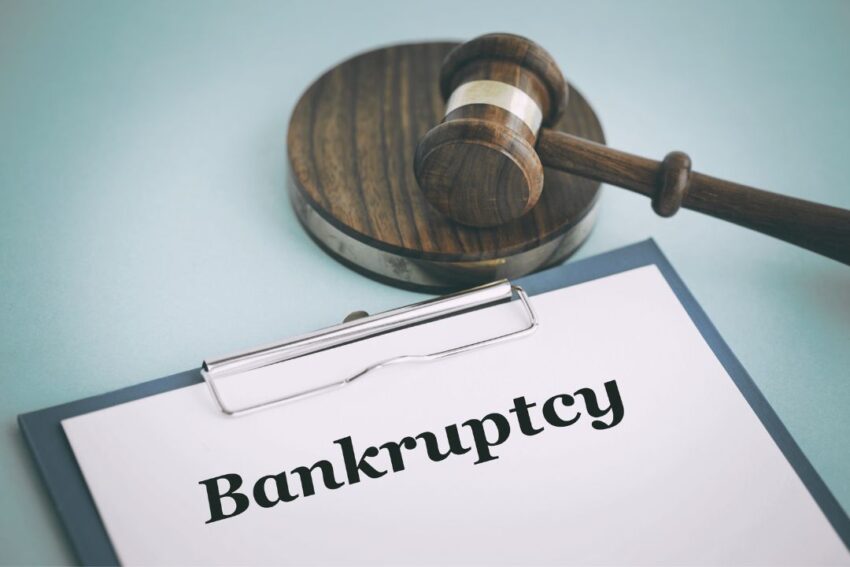Filing for bankruptcy can be a complex and overwhelming process. However, understanding the steps involved can help individuals and businesses navigate this challenging financial situation more effectively. In this comprehensive guide, we will explore the process of filing for bankruptcy, shedding light on the key steps, requirements, and considerations. Whether you are considering personal bankruptcy or seeking relief for your business, this step-by-step breakdown will provide you with valuable insights to make informed decisions.
Assessing Your Financial Situation
Before initiating the bankruptcy filing process, it is important to conduct a thorough assessment of your financial situation. Evaluate your debts, assets, income, and expenses to determine if bankruptcy is the most appropriate solution. Consulting with a qualified bankruptcy attorney or financial advisor can help you gain a clearer understanding of your options and determine the most suitable bankruptcy chapter to pursue.
Choosing the Right Bankruptcy Chapter
Bankruptcy law offers different chapters, each with its own set of rules and benefits. The most common chapters for individuals and small businesses are Chapter 7 and Chapter 13 bankruptcy. Chapter 7 involves liquidating assets to pay off debts, while Chapter 13 allows for a structured repayment plan. Understanding the differences between these chapters and others like Chapter 11 for businesses is essential in selecting the appropriate bankruptcy chapter for your specific circumstances.
Gathering and Organizing Financial Documentation
To initiate the bankruptcy filing process, you will need to gather and organize various financial documents. These may include bank statements, tax returns, income records, debt statements, asset valuations, and any legal agreements or contracts. Organizing these documents systematically will streamline the filing process and ensure that you provide accurate information to the bankruptcy court or trustee overseeing your case.
Filing the Bankruptcy Petition
The bankruptcy petition is a formal legal document that initiates the bankruptcy process. It requires detailed information about your financial situation, including debts, assets, income, expenses, and recent financial transactions. Working with a bankruptcy attorney can help ensure the accuracy and completeness of your petition. Once filed, an automatic stay goes into effect, providing immediate relief from creditor actions such as foreclosure, repossession, or wage garnishment.
Credit Counseling and Financial Management Course
Bankruptcy law mandates credit counseling and financial management courses as part of the process. Before filing, you must complete a credit counseling session with an approved agency to evaluate other alternatives. Following your filing, you must take a financial management course to improve your financial literacy and money management abilities.
Meeting of Creditors and Trustee Review
Once you have filed, you will attend a meeting of creditors, also known as a 341 meeting. This meeting provides an opportunity for creditors to ask questions and gather information about your financial situation. The bankruptcy trustee assigned to your case will review your petition and supporting documentation to ensure accuracy and compliance with bankruptcy laws. It is important to be honest and forthcoming during this meeting.
Discharge of Debts and Financial Rehabilitation
If your bankruptcy case proceeds smoothly and meets all requirements, you will receive a discharge order from the bankruptcy court. This order releases you from personal liability for most types of debts included in your bankruptcy. It marks the beginning of your financial rehabilitation journey, allowing you to rebuild your credit and move towards a more secure financial future.
Conclusion
Filing for bankruptcy can be a stressful process, but understanding the stages involved can reduce stress and allow for more informed decision-making. By examining your financial status and selecting the best bankruptcy option for you.


